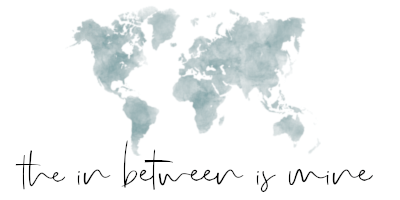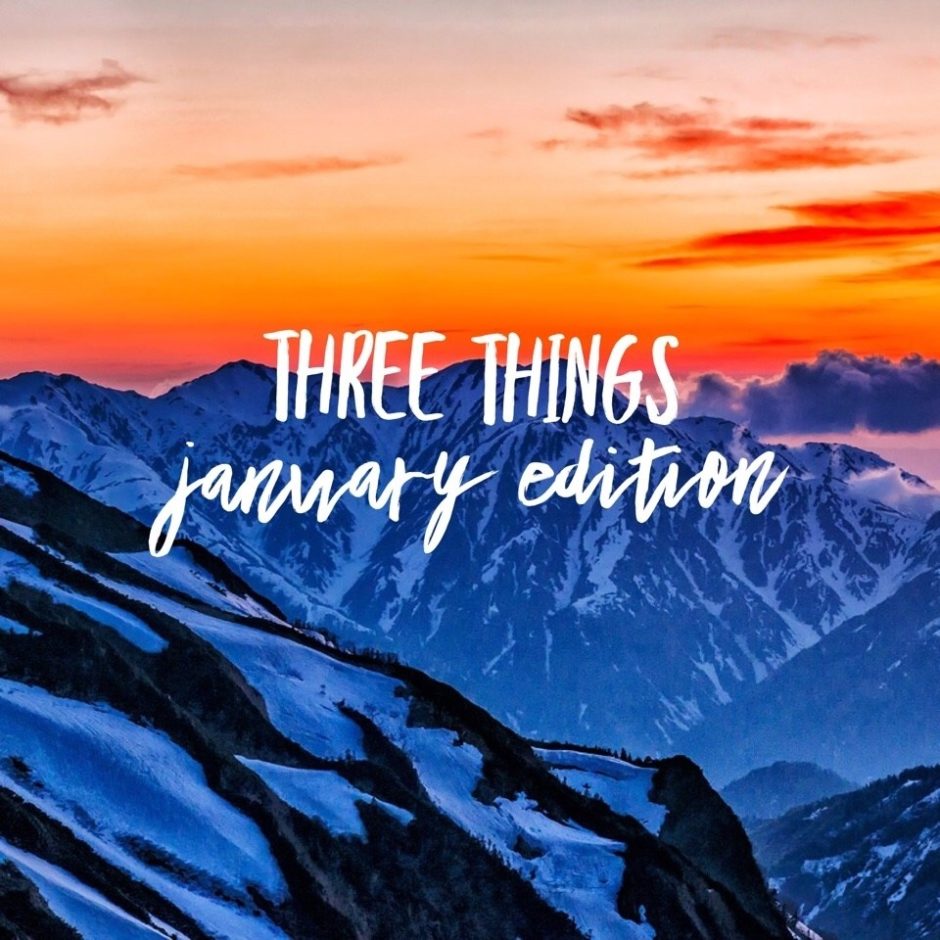I am doing NaBloPoMo this month. 30 blog posts in 30 days. Come join me. #nablopomo2023

in my (old) office
Some of you have asked what I do as a geographer and I think it’s a valid question that we have for most people. What do you do for 8-10 hours in front of a computer every day?
It’s easy to answer theoretically, but practically it’s still hard to explain.
I work as a geographer for a federal government agency (which in the current political landscape is not particularly fun when Congress keeps playing its political game with the fiscal budget and therefore threatening a shutdown again). But I digress.
Geography is an all-encompassing discipline that seeks an understanding of the earth and its human and natural correlations. I work mostly on projects here in California, and as you can probably guess, a lot of them are related to water issues – subsidence, erosion, water use, water availability, and water sustainability. My focus is on remote sensing and GIS work.
WHAT IS REMOTE SENSING?
Remote sensing is the acquisition of information about an object without making physical contact with the object by measuring its reflected and emitted radiation at a distance, which means data is collected “remotely” via laser, photography, or acoustic signal. The remote sensing platform can be ground-, airborne-, or satellite-based.
I currently work with lidar, aerial photography, multispectral imagery, and sonar, and process these data in GIS.
Lidar stands for Light Detection and Ranging and is a remote sensing method that uses light in the form of a pulsed laser to measure ranges (variable distances) to the Earth. These light pulses—combined with other data recorded by the survey system— generate precise, three-dimensional information about the shape of the Earth and its surface characteristics. Think of it as a flashlight that is directed at an object. The laser scanner sees what is illuminated by the light. Something that is in the shadow or behind the object will not show up in the produced scan. If you want to capture an object from multiple angles, you have to move your scanner to different positions to fill in the gaps.
Once loaded into my processing software, I align the individual scans to create a 3D point cloud model of the real world. Every point represents a laser return during the survey.
A LIDAR instrument principally consists of a laser, a scanner, and a specialized GPS receiver. Airplanes and helicopters are the most commonly used platforms for acquiring LIDAR data over broad areas. Two types of LIDAR are topographic and bathymetric. Topographic LIDAR typically uses a near-infrared laser to map the land, while bathymetric lidar uses water-penetrating green light to also measure seafloor and riverbed elevations.
Most people in our agency work with airborne data (that is collected from an airplane), while our office specializes in terrestrial laser scanning (TLS) with the laser scanner mounted on a tripod. This is our niche. The areas that can be surveyed with a terrestrial scanner are much smaller, but we can collect data with a much higher resolution (points every few millimeters instead of meters).
We generally do time-series studies for change detection analysis. We first collect a so-called “baseline survey” to which to compare all future surveys. Then we come back at one or multiple later times to re-scan the same study area and align them to the baseline scan to measure changes.
Here’s a project where we measured a tree that was falling over on the water side of a levee to document levee instability. You can see the individual data points.

One of the coolest projects I have worked on was a breakwater study on one of the smaller Hawaiian islands. A breakwater is a permanent structure constructed in a coastal area to protect against tides, currents, waves, and storm surges. This particular breakwater consists of 800 interlocking, concrete Core-loc units (they look like 3D jigsaw puzzle pieces and are huge!) and we measured their stability over time.
We collected a total of three surveys over 5 years, each survey consisting of multiple hundred (!) individual scans with up to 100 million individual data points. My job was to stitch all these scans together to create one seamless 3D point cloud model and then compute the difference between the datasets.

left: aerial picture of the breakwater, right: laser scan data of the breakwater
The colors in the laser scan image show the movement of these Core-loc units by wave action and storm surges. Blue is considered stable, and red and pink show displacements of up to 1 m, making the tip the most vulnerable area of the breakwater.
WHAT IS GIS?
Most people have heard about GIS, but in case you don’t know what that is, GIS stands for geographic information systems, which are computer-based tools used to store, visualize, analyze, and interpret geographic data. Geographic data (or geospatial data) identifies the geographic location of features, or in other words, it “slices” the real world into different layers. GIS can show many different kinds of data layers on one map, such as streets, buildings, waterways, vegetation, etc. and it helps users understand patterns, relationships, and geographic context.
You can turn layers on and off or analyze a layer by itself or in context with others. It’s quite powerful.

So, I basically “stare” at (and analyze) two- or three-dimensional data, imagery, and maps all day. Sounds pretty fun, right? There is also quite a bit of analysis work in Excel involved but since I love data and numbers, this part is (mostly) fun for me, too.
I either download the data that I work with, or receive data that was collected by my colleagues. Occasionally, I get to go into the field and collect some of these data myself (like GPS coordinates, or TLS), but I mostly do the data analysis. Maybe I’ll talk about my fieldwork another time.
Is this all clear as mud? Do you have any more specific questions?


Tobia | craftaliciousme
November 15, 2023 at 9:57 amThank you so much for taking the time to explain your work. I admit I still have a hard time wrapping my mind around what it actually means. It is very different from my daily work life.
So one question. You mentioned that some of the date will be gathered by airplanes. I wonder, are those special airplanes or is the date gathered through commercial flights. And do you have to pay airlines to that? I assume data is always money. Of course if you cant answer I understand.
Elisabeth
November 15, 2023 at 10:21 amWow – you do an AMAZING job of explaining things. And I LOVE that you LOVE what you do <3
One of the small businesses I help co-found was all about aerial imaging so I know all the words, but I was on the admin side, not the development side so I am WAY out of my depth. I did have to learn how to use ArcGIS for some projects I worked on in envionrmental consulting and my husband went to a big Esri conference in Vegas when he was working for a drone company based in the US.
Nicole MacPherson
November 15, 2023 at 1:03 pmThis is so interesting, San!
Beckett @ Birchwood Pie
November 15, 2023 at 1:15 pmGirl, this is fascinating. No I couldn’t step in and do your job, but I understand what you do and why you love it.
Nosy question – in the case of a shutdown, do you still get paid? Would your salary stop and then be made up later or are you out of pocket for shut down time?
Ernie
November 15, 2023 at 4:05 pmThis is really impressive. What interesting work! You have one of those jobs I could never dream up. Something behind the scenes that isn’t straightforward and obvious. I love that you love your job. It’s like you are out there holding the world together and dealing with big waves, etc. Thanks for sharing.
coco
November 15, 2023 at 6:42 pmthanks for sharing the job of a geographer, I never met one so super cool.
My question is how did you got interested in Geography? did you study that in college?
J
November 15, 2023 at 8:50 pmWow, what an interesting job! I guess I would have thought of something like that as geology not geography. Shows that science is not my wheelhouse!
sarah
November 16, 2023 at 4:05 amOh, this is fascinating, and you explain it SO WELL.
Jenny
November 16, 2023 at 6:24 amWow, what a cool job. I love how you explained it like this, because so many times when people tell me what their job is, I still have no idea what they do. I’m going to echo Coco’s question- how did you get interested in this?
Kristen | kristenwoolsey.com
November 17, 2023 at 7:00 amWOW! This was such a cool insight into what you do! I love hearing about what people do for work. Thanks for this!
Melissa
November 18, 2023 at 12:21 pmThanks for taking the time to explain your job. It was very interesting. It’s so great that you love your job. We’re you always interested in Geography or did you happen to fall into it and find your vocation?
Stephany
November 18, 2023 at 7:12 pmThis is FASCINATING, San, and like others have said, you do an amazing job of breaking it down for us laypeople. I feel like I understand what you do so much better. My question is, what do you do with all of this data? How is it used?
Anne
November 19, 2023 at 6:25 amSan, you do some amazing work with a lot of data and information! What’s really impressive, though, is your ability to both analyze the data AND help others understand what it means or how it could be applied. I was familiar with most of the terms you introduced, but I never thought of a geographer being the person to put it all together. Yet it makes perfect sense! I wish I could explain more about my research on my blog. I’m trying to keep it a bit less identifiable (although it probably is more identifiable than I want to believe…) and so don’t want to share details. Thank you for taking the time to walk us through this!
I have the same question as Stephany – with whom do you share this information, and then how is it used to monitor and/or change things? And, what is the goal – reducing environmental impact? Improving how we respond to issues caused by water?
Sarah
December 19, 2023 at 11:37 amThis was so interesting to read!